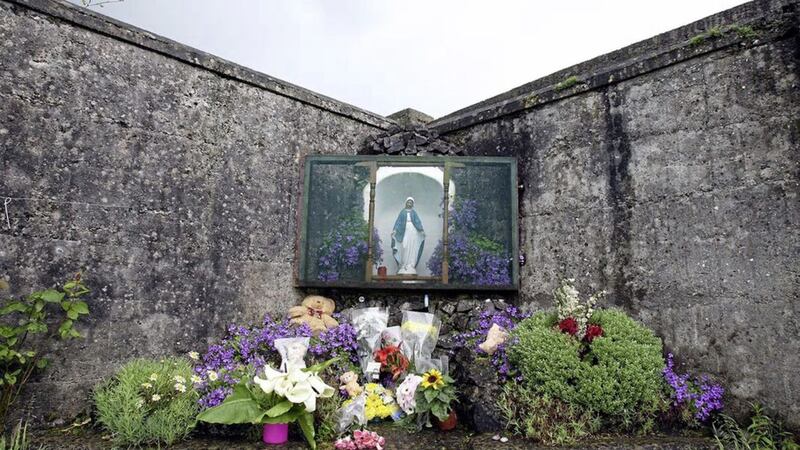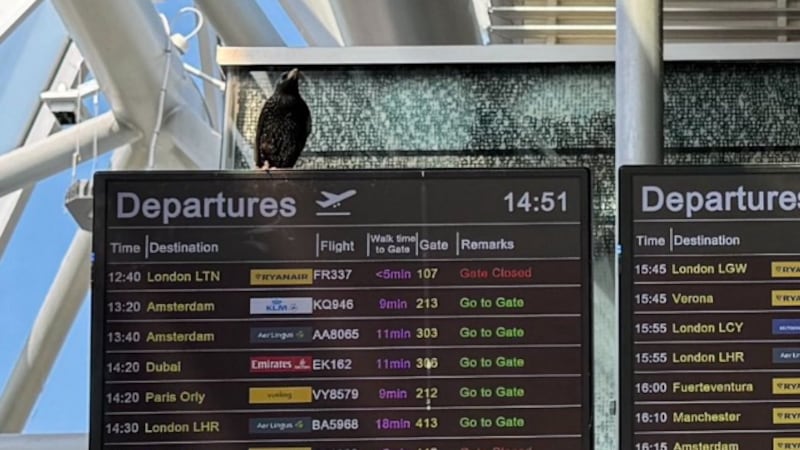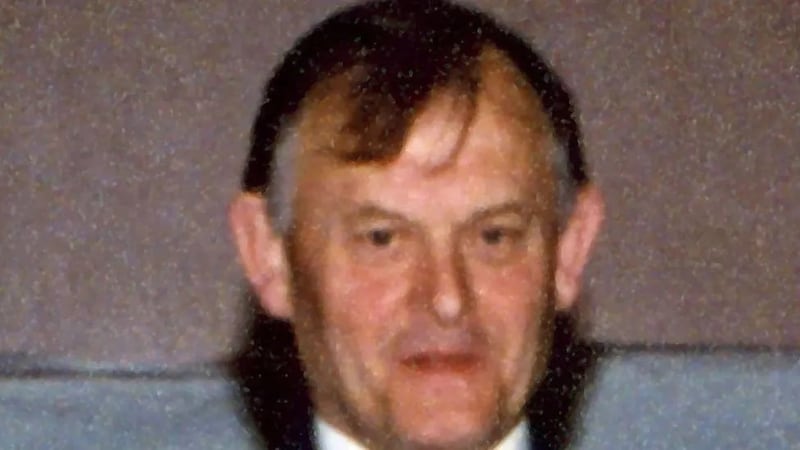Ireland's children's minister has urged people living in a Co Galway town to come forward with information about the burial of hundreds of babies at a mother and baby home.
Katherine Zappone made the plea as she published the fifth interim report from the Commission of Investigation into Mother and Baby Homes in Ireland.
The report examines the burial arrangements in the institutions under investigation by the Commission.
The report states that 937 children and babies died in Tuam, either in Glenamaddy or the Tuam home itself.
The report makes a number of findings in relation to the burials at the Tuam home, whose past was uncovered and publicised by local historian Catherine Corless.
The Glenamaddy workhouse had its own burial ground, and the report finds that 79 children who died there are most likely be buried on the site, however there is no burial register available for the institution and cannot be verified.
Of the 802 children buried at Tuam, a "significant" number were "legitimate" children who were accompanied by a parent.
Media reports and previous findings have often cited a sewage tank on the grounds of the Tuam home, where the bodies of young children and babies were buried, the report's finding states that this was not in fact a sewage tank, but a second structure with 20 underground chambers.
However, the report states that the initial use of this structure is unknown, it could have been used for treatment of water or containment of sewage.
The commission states that it is clear that many of the children who died in the Tuam home are buried in these underground chambers, dating back to 1937.
It added that these chambers were not a recognised burial ground, were not purpose built to be used as a burial site, and did not provide for the "dignified interment of human remains".
Children who died in Tuam before 1937, are unlikely to have been buried in the chambers, but in the already existing memorial site on the grounds.
The report has also found that the burial ground may extend beyond the existing memorial garden.
Speaking in Dublin the Minister for Children said: "There must be more people in the Tuam area who know more about the burials arrangement than was made available to the commission.
"If anyone has that information, please forward.
"The Government is supporting my proposal that the Commission's report be referred to relevant ministers and then to specific authorities for consideration of any appropriate action including An Garda Síochána, the coroner's service and relevant burial authorities.
"My plea this morning, especially to the relevant people who may be out there is this, let us know where they are buried.
"Please come forward and tell the truth, let us acknowledge them with that truth, that they lived and died and maybe then finally they can be treated with dignity in death and this is my hope."
The Commission is also critical of Galway County Council, saying it was "surprised" by the lack of knowledge about the burials.
The report states: "Galway County Council members and staff must have known something about the manner of burial when the home was in operation.
"County Council employees would have been in the grounds of the home quite frequently as they carried out repairs to the building and possibly also maintained the grounds.
"It seems very likely that Galway County Council must have been aware of the existence of burials when they were planning the Athenry Road scheme in 1969."
One of the most notable issues raised by the commission is that they have not found the main burial ground in the Bessborough mother and baby home in Co Cork.
Bessborough, which opened in 1922, was run by the Congregation of the Sacred Hearts of Jesus and Mary.
The initial objective was to remove unwed mothers and their children from workhouses, however over time Bessborough accepted unmarried women with children, paid for by health authorities around the country.
Bessborough also accepted private fee-paying expectant mothers.
The report states that there has been difficulty in locating the site where burials took place.
The commission considers it "highly likely" that burials took place on the grounds but does not find it feasible to excavate the now 200-acre estate, on which considerable building work has taken place on since the institution closed.
Ms Zappone said that over 900 children died in Bessborough but the commission does not have any information from religious orders or local people about where they are buried.
She added that "a lot of questions" remain unanswered.
"I feel deeply for the families who may not get the answer they are seeking," she added.
"In a lot of cases, the evidence is not there."
The commission also concludes that there is very little evidence for theories about babies having been sold to America rather than having died in these institutions.








